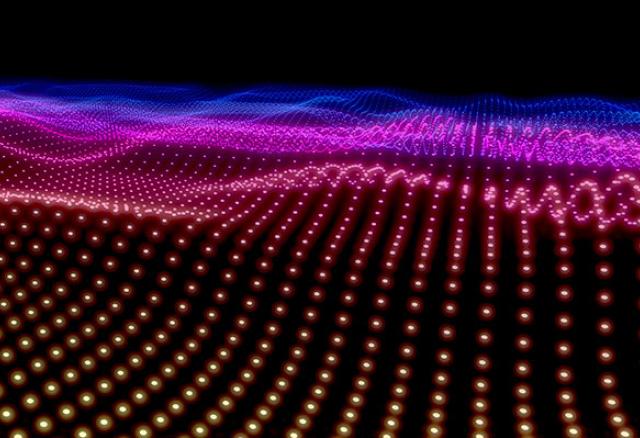Promoting Integrity and Knowledge for the Well-Being of Humanity and Peace
One year ago, I was writing the IEEE Signal Processing Magazine 2022 May editorial when the Russian army brutally attacked Ukraine. One year after, war is always present… I can’t understand how a single man and his entourage can unleash such a killing spree and be responsible for so many deaths, especially innocent victims like children.





